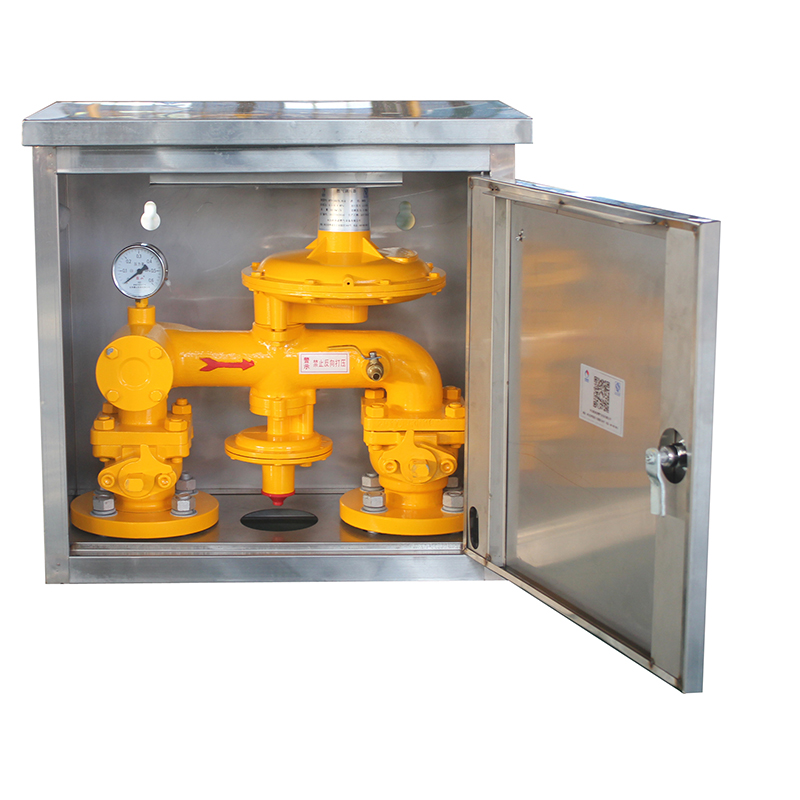
Dec . 31, 2024 20:36
Back to list
High-Precision Voltage Regulation for Enhanced Circuit Performance and Stability
Precision Voltage Regulators Ensuring Accurate Power Supply
In the world of electronics, precision voltage regulators play a critical role in ensuring that sensitive components receive the correct voltage levels needed for optimal performance. As technology continues to advance, the demand for devices that require stable and precise power supplies has surged, making voltage regulators more important than ever. This article will explore the significance of precision voltage regulators, their operational principles, types, and applications.
Understanding Voltage Regulators
A voltage regulator is an electronic device that maintains a constant output voltage despite variations in input voltage or load conditions. This is crucial in maintaining the performance and reliability of electronic systems, especially in applications where fluctuations in power supply can lead to malfunction or damage.
Precision voltage regulators, in particular, are designed to provide exceptionally stable output voltages with minimal noise and low temperature drift. These regulators are characterized by their high accuracy, typically with output voltage tolerances as tight as ±1% or less. This level of precision is necessary in applications such as analog circuitry, high-speed data converters, and sensitive measurement equipment.
Operational Principles
The operation of a precision voltage regulator is based on a feedback mechanism. The regulator continuously monitors the output voltage and compares it to a reference voltage. If any discrepancies are detected, the regulator adjusts its output accordingly to maintain the desired voltage level.
There are two primary types of voltage regulators linear regulators and switching regulators.
- Linear Regulators These regulators provide a smooth and stable output voltage by dissipating excess voltage as heat. They are appreciated for their simplicity and low noise characteristics. The most common type of linear regulator is the low-dropout (LDO) regulator, which can maintain output voltage with a very small difference between input and output voltage. LDOs are particularly effective for low-power applications where high efficiency is less critical, but low noise is a significant requirement.
- Switching Regulators In contrast, switching regulators use an inductor or transformer to convert input voltage into the desired output voltage through a process of rapid switching. This design offers greater efficiency than linear regulators, especially in high-power applications. However, switching regulators can introduce more noise into the power supply, making them less suitable for sensitive applications unless additional filtering is employed.
precision voltage regulator

Applications of Precision Voltage Regulators
Precision voltage regulators are widely used across various industries due to their ability to deliver reliable power. Some common applications include
1. Microcontrollers and Microprocessors These digital devices require precise voltage levels to function correctly. Voltage regulators ensure that the supply voltage remains stable, protecting the components from damage due to voltage spikes or drops.
2. Analog Circuits In amplifiers and sensors, precision voltage is vital for accurate signal processing and measurement. A stable voltage supply minimizes errors and improves overall performance.
3. Communication Equipment Long-range communication devices, such as satellite and radio frequency (RF) equipment, depend on precision voltage regulators to operate consistently over varying environmental conditions.
4. Instrumentation In medical and laboratory instrumentation, precision voltage regulators are essential for accuracy and reliability in measurements and diagnostics.
5. Power Management Systems Precision regulators are used in various power management systems to ensure efficient power distribution and usage, enhancing the overall energy efficiency of devices.
The Future of Voltage Regulation
As the landscape of technology continues to evolve, the demand for precision voltage regulators will inevitably increase. Advances in semiconductor technology may lead to even more efficient and compact regulators. Additionally, the trend towards renewable energy and electric vehicles will create new challenges and opportunities in power management.
In conclusion, precision voltage regulators are indispensable components in modern electronics, providing accurate and stable power supplies essential for the functionality of various devices. As technology advances and power demands become more complex, the role of these regulators will only become more significant, ensuring that electronic systems operate reliably and effectively in an ever-evolving technological landscape.
Latest news
-
Safety Valve Spring-Loaded Design Overpressure ProtectionNewsJul.25,2025
-
Precision Voltage Regulator AC5 Accuracy Grade PerformanceNewsJul.25,2025
-
Natural Gas Pressure Regulating Skid Industrial Pipeline ApplicationsNewsJul.25,2025
-
Natural Gas Filter Stainless Steel Mesh Element DesignNewsJul.25,2025
-
Gas Pressure Regulator Valve Direct-Acting Spring-Loaded DesignNewsJul.25,2025
-
Decompression Equipment Multi-Stage Heat Exchange System DesignNewsJul.25,2025

